Wetlands Labs
1/9
There's no tags or description
Looks like no tags are added yet.
Name | Mastery | Learn | Test | Matching | Spaced |
|---|
No study sessions yet.
10 Terms
Dip/Sweep Net or D-frame Net
quantitative method
pelagic and submerged plant inverts (backswimmers, nymphs, water boatmen)
standardized sweep at multiple spots (certain depth or rotate certain distance)
accuracy depends on mesh size and skill, mesh size determines inverts retained
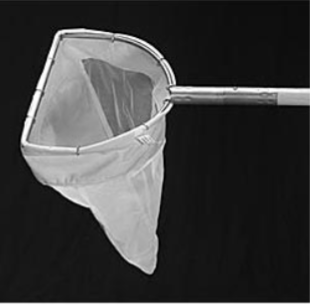
Stovepipe
quantitative method
benthic (bottom dwelling) or water column inverts
diameter of stovepipe used to quantify area sampled
standardized # of hand nets drawn from stovepipe across sites as a “sample of a sample”
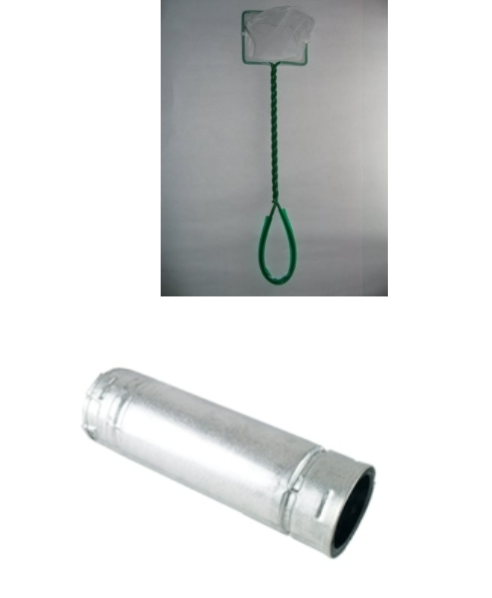
Benthic Corer
quantitative method
benthic (bottom dwelling) inverts (mostly worms)
diameter of core used to quantify area sampled
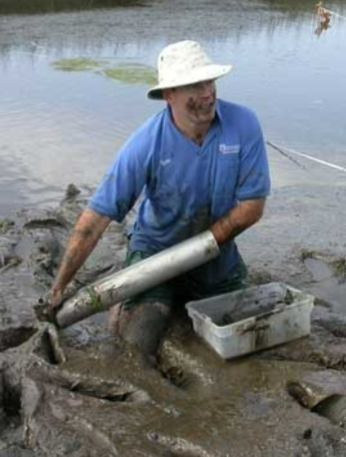
Eckman Dredge/ Eckman Grab
quantitative method
benthic inverts in water that’s too deep to be accessible
surface area of base used to estimate area sampled
best in soft sediments and not good in vegetation or stony sediments
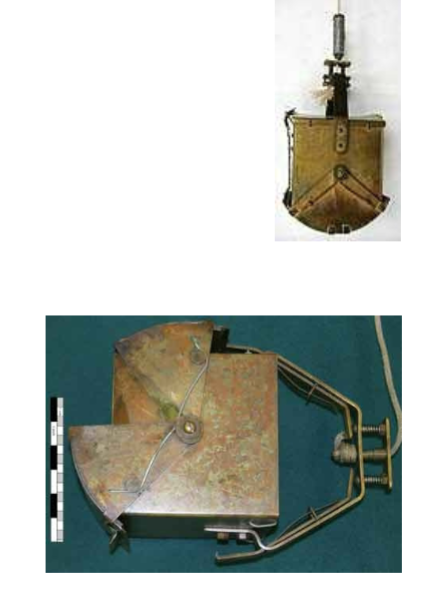
Aerial sweepnet
quantitative method
aerial inverts (dragonflies, mayflies, stoneflies)
mesh size determines inverts retained
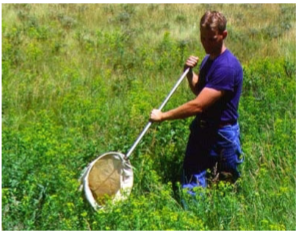
Wash bucket
used to wash out excess sediment and detritus primarily from benthic core and stovepipe samples
not a technique necessarily, but the mesh size determines what subset of inverts are “kept”
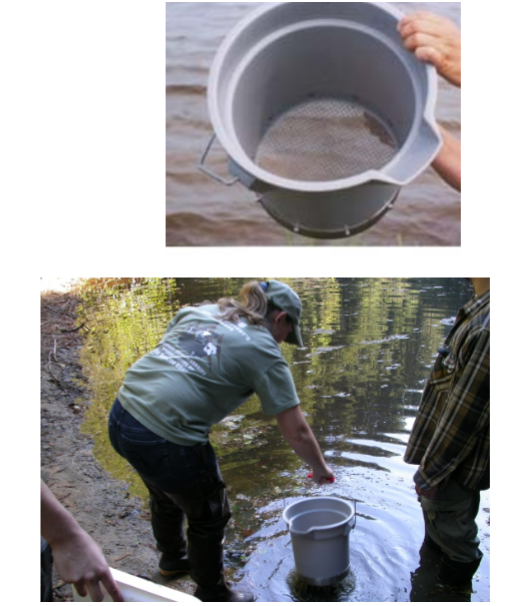
Quadrats
simple way to sample a habitat of interest
used to measure vegetation characteristics, such as percent cover, species dominance, diversity, and biomass/productivity estimates
Daubenmire cover class estimation = using a quadrat to put coverages into broad “bins” rather than estimating to the nearest percent
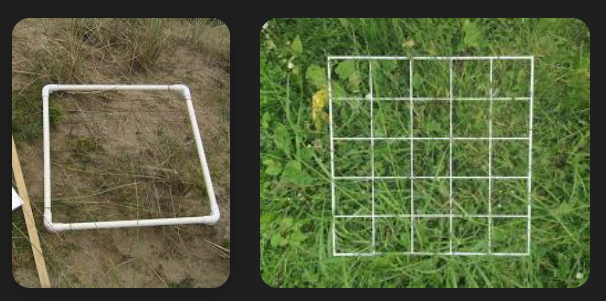
Line intercept/transect
used to assess changes in species composition, structure, or other characteristics over a linear distance
Record the instances where a plant “intercepts” the line
Percent/relative species dominance expressed as the proportion of the line rather than the area that they occup
robel pole
used to measure visual obstruction as an index of vegetation density/biomass
a 1-2 meter pole with bands on it used as measurements and a 4 m rope/string attached to the top
only used for density estimate when enough veg is present to cause visual occlusion (blockage)
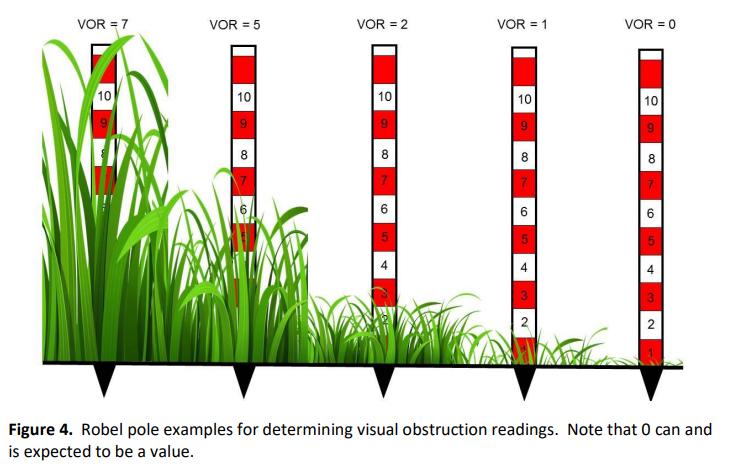
chi-square test (habitat selection)
compares the number of observations of target group in each habitat type to the proportions of those habitat types
E(O-E)²/E
O = observed number of observations
E = expected number of observations
in this case, 1 degree of freedom b/c we have 2 categories
P-value greater than 0.05 = not statistically significant